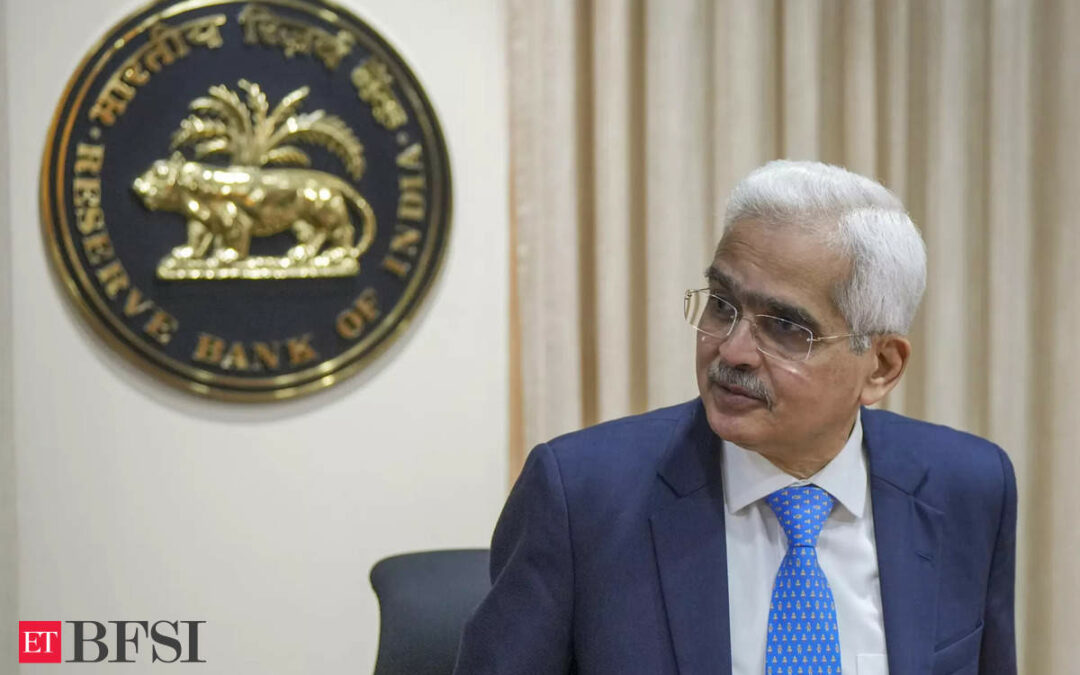Reserve Bank of India (RBI) governor Shaktikanta Das has warned banks about asset liability mismatches that could occur if banks raise a higher amount of short-term bulk deposits. He asked banks to be innovative in garnering deposits at a time when households are shifting savings to other avenues.
“It is observed that alternative investment avenues are becoming more attractive to retail customers and banks are facing challenges on funding front with bank deposits trailing loan growth. As a result, banks are taking greater recourse to short-term, non-retail deposits and other instruments of liability to meet credit demand. This may potentially expose the banking system to structural liquidity issues,” Das said.
Widening credit-deposit ratio has attracted RBI’s attention as it increases systemic risk in the banking system. Credit growth at 15.5% continues to be higher than 11.7% deposit growth. Garnering cost-effective deposits was one of the four issues Das raised in his policy statement.
He urged banks to focus more on mobilisation of household financial savings through innovative products and service offerings by leveraging fully on their vast branch network. “The mismatch or divergence between bank deposit and credit growth may create asset-liability or liquidity management issues. I am not suggesting that people have to put more deposits in banks or not go for the equity market. It is for the saver to decide where he wants to put the money. All that I am saying is that the banks have to be mindful of this because potentially it can create some structural challenges with regard to liquidity management,” Das said.He suggested banks capitalise their huge branch network to raise deposits to support credit growth. However, Das clarified that there is no blanket direction for banks to manage their deposits.
“It is for individual banks to decide on deposit rates, which is a part of their commercial decision making. Lending and deposit rates are deregulated. Depending on the overall economic and financial conditions and the individual bank’s own internal position on how much deposits they have, the composition of deposits, loan growth, it is for the banks to decide on deposit rates. All we are saying is that the banks should use their branch networks, come out with innovative product offerings to mobilise deposits,” he said.











